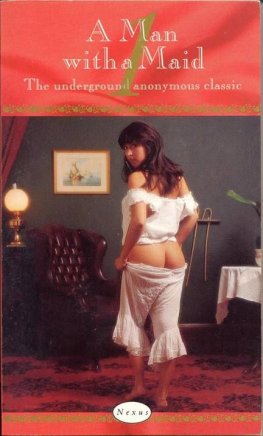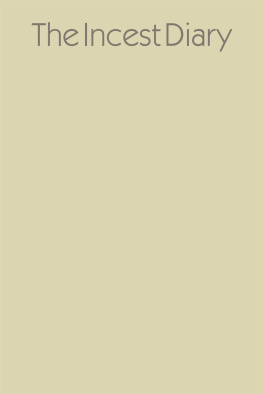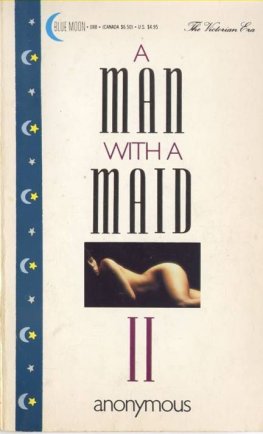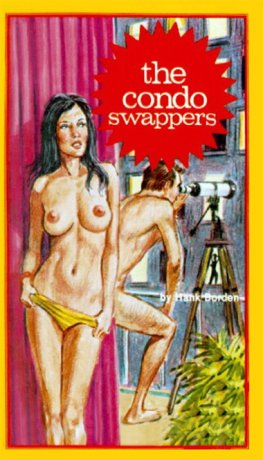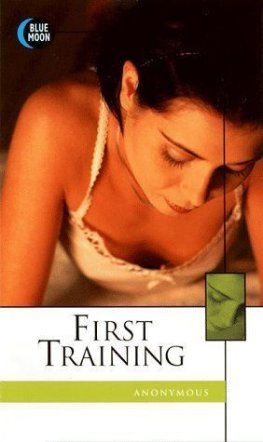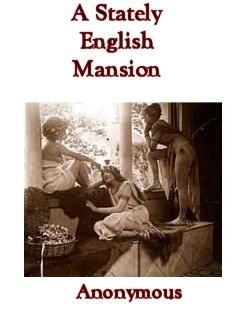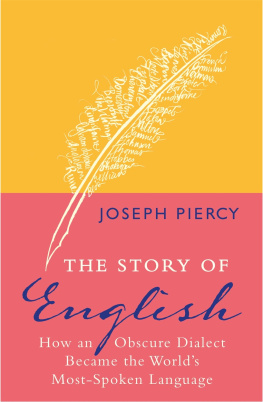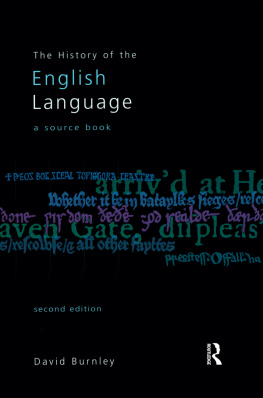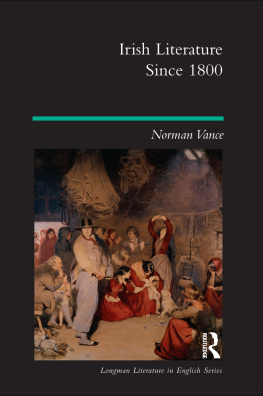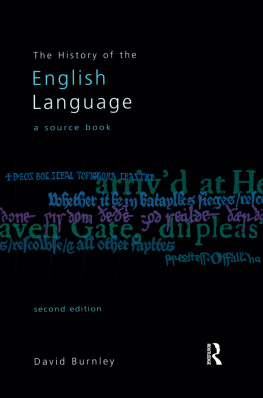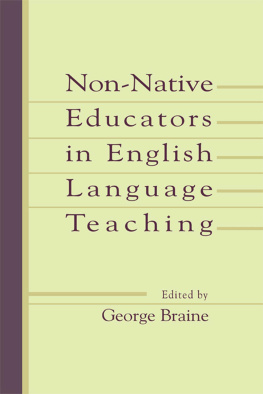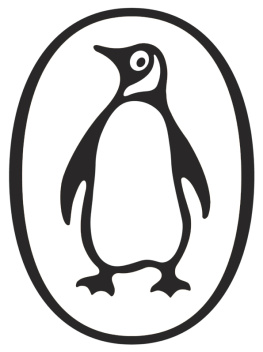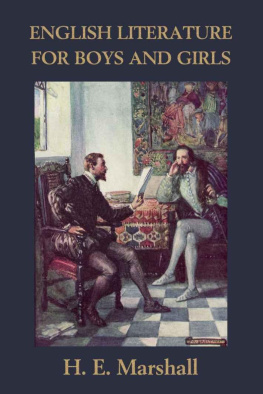PREFACE.
Table of Contents
The object of this book, as indicated in the title, is to give an outline of the History of the English Language and Literature.
It aims, however, at being something more than a mere statement of facts. It is intended to excite an interest in English philology, and in the leading authors that from the time of Cdmon have used the English tongue.
It is therefore to be regarded as an introduction to English philology and literature; and is adapted for use in the advanced classes of elementary schools, in secondary schools, and for pupil teachers, as well as for private students.
CHAPTER I.
History of its Vocabulary.
Table of Contents
1. WHAT A LANGUAGE IS.A language is a number of different sounds which are made by the tongue and the other organs of speech. But a spoken language is, or may be, written or printed upon paper by the aid of a number of signs or symbolswhich are generally printed in black ink upon white paper.The parts of a spoken language are called sounds; the smallest parts of a written or printed language are called letters.A language is also called a tongue or a speech.A language, like a living being, does not remain always the same. It grows. As it grows, it alters in appearance; small and great changes take place in it; and the story of these changes is called the History of the Language.
2. THE ENGLISH LANGUAGE is the name given to the language which is spoken in Great Britain and Ireland, in the United States, in Canada, in Australia and New Zealand, in South Africa, and in many other parts of the world where Englishmen, Scotchmen, and Irishmen are found. In the middle of the fifth century it was spoken by a few thousand men who came over to Britain from the north-west of Europe, and by many thousands of men and women who dwelt on the banks of the lower parts of the great German riversthe Rhine, the Elbe, and the Weser. It is now spoken by more than 100 millions of people. But the English spoken in the fifth century was a very different language from the English that is spoken now. It was different, yet still the same. It was different in appearance, as a child of one year old is different in looks from a man of forty; but both the English of to-day and the English of the fifth century are the samebecause the one has grown out of the other, just as the tall strong man of forty has grown out of the child of one year old.
3. FAMILY.To what family of languages does our English speech belong? It belongs to the Indo-European family of languages. This family is so called, because the languages which belong to it are spoken both in India and in Europe. Many thousand years ago, the people from whom we are descended lived on the high table-lands in the heart of Asia. Bands of them kept travelling always farther and farther west; and it is from their language that most of the tongues spoken in Europe are derived. These bands left their friends and relations and country, just as young men and women nowadays leave the homes of their parents to go and settle in distant countries. The Indo-European is also called the Aryan family of languages. Altogether, it embraces seven great languages(1) The Indian or Sanskrit; (2) Persic; (3) Greek; (4) Latin; (5) Keltic; (6) Teutonic; and (7) Slavonic, which includes Russian, Polish, &c.
4. TEUTONS.The English language was introduced into this country by bands of warlike colonists from Northwestern Germany, who drove the old inhabitants to the mountainous regions in the west of the island. Those colonists were variously called Angles, Saxons, and Jutes; but they all belonged to the Teutonic race, and their speech was a branch of the Teutonic group of languages. The Teutonic group of languages contains three main sections, from which all the others spring. These three main sections are: High-German, Low-German, and Scandinavian. High-German is the name given to the kind of German which is spoken on the higher lands or table-lands of South Germanythose table-lands which slope from the Central Plain of Europe up to the Alps; and its northern boundary is the pretty river Main, which falls into the Rhine. Low-German is the name given to the kind of German spoken in the lowlands of Germany; and the southern boundary of this kind of speech is the river Mainits northern boundary being the Baltic and the North Sea. Scandinavian is the wide general name given to those kinds of Teutonic speech which are found in Denmark, Norway, Sweden, and Iceland. These divisions may be placed in a table in the following manner:
| TEUTONIC. |
| | |
| | | | | | |
| High-German. | Low-German. | Scandinavian. |
| | | | | | |
| | | | | | | | | | | | | | | | | | | | | | |
| Old. | Middle. | New. | Dutch. | Flemish. | Frisian. | English. | Icelandic. | Danish. | Norwegian. | Swedish. |
5. HIGH-GERMAN.High-German is spoken in the southern parts of Germanysuch as Bavaria, Swabia, and other hilly regions; and also in the north and east of Switzerland.It is this form of the language that has become the book-speech or literary language of the Germans; and its technical name is New High-German.
6. LOW-GERMAN.The languages which belong to this division are spoken in the plains of Germany, especially along the lower courses of the rivers, in Holland, in part of Belgium, in England, Scotland, and Ireland, and the British Colonies, and in the United States of North America. The Low-German spoken in Holland is called Dutch; the Low-German spoken in Belgium is called Flemish; the Low-German spoken in Frieslanda wealthy province of Hollandis called Frisian; and the Low-German spoken in England is called English. (But, as we shall soon see, English contains many thousands of words in addition to those which are purely Low-German.) The language on the continent which is most like English is the Frisian language. There is indeed a well-known couplet, every word in which is said to be both Frisian and English. It runs thus:
Good butter and good cheese
Is good English and good Fries.
The following are the chief subdivisions of
| LOW-GERMAN. |
| | |
| | | | | | | | |
| Dutch | Flemish | Frisian | English |
| (Spoken in Holland). | (in Flanders). | (in Friesland). | (in England, etc.). |
7. SCANDINAVIAN.Scandinavian is the general name given to the different kinds of Teutonic speech which are employed in Denmark, Norway, Sweden, and Iceland. The oldest and purest kind of Scandinavian speech is that spoken in the far-off country in the middle of the North Atlantic, called Iceland; and it is the purest, because for many centuries there has been very little communication with that country. Indeed, the Icelandic of the 12th century differs very little from the Icelandic of to-day. But the English of the twelfth century differs so much from the English of the nineteenth century, that we should at first sight hardly know them for the same speech.One peculiar mark of a Scandinavian speech is the preference for hard consonantsthe preference, for example, of a




